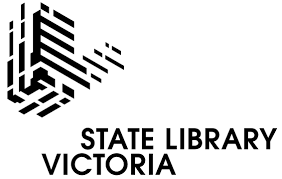
🌑 New: We cannot see the Moon when it is a new moon.
🌒 Waxing Crescent: In the Northern Hemisphere, we see the waxing crescent phase as a thin crescent of light on the right.
🌓 First Quarter: We see the first quarter phase as a half moon.
🌔 Waxing Gibbous: The waxing gibbous phase is between a half moon and full moon. Waxing means it is getting bigger.
🌕 Full: We can see the Moon completely illuminated during full moons.
🌖 Waning Gibbous: The waning gibbous phase is between a full moon and a half moon. Waning means it is getting smaller.
🌗 Third Quarter: We see the third quarter moon as a half moon, too. It is the opposite half as illuminated in the first quarter moon.
🌘 Waning Crescent: In the Northern Hemisphere, we see the waning crescent phase as a thin crescent of light on the left.
The Moon displays these eight phases one after the other as it moves through its cycle each month. It takes about 27.3 days for the Moon to orbit Earth. However, because of how sunlight hits the Moon, it takes about 29.5 days to go from one new moon to the next new moon.
Source NASA Space Place
Tides are represented by the periodic rise and fall of the surface of the oceans, due to the gravitational interactions between the moon, sun and earth. The Moon has a greater effect because, although it is much smaller than the Sun, it is much closer. The Moon’s gravitational pull is about twice that of the Sun.
Tides are essentially long, slow moving waves created by the gravitational pull of the moon, and to a lesser degree, the sun. Tides can be thought of as standing waves.
The action of the tide is generated by these gravitational attraction forces which cause the water in the oceans to be pulled towards a nodal (focal) point directly below the Moon and the Sun.
The State library is free for all Victorians to join. Sign up here! 
Your SLV membership enbles you to:
Get access to the extensive range of SLV databases here.